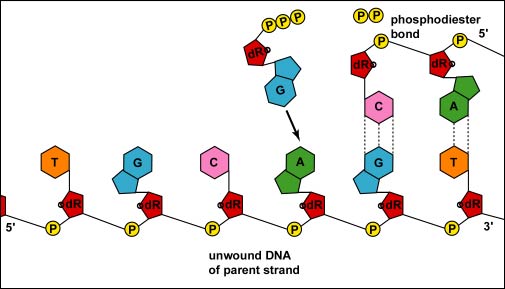Fig. 4: DNA Replication by Complementary Base Pairing

As the two strands of DNA unwind and separate in both directions, new complementary strands are produced by the hydrogen bonding of free DNA nucleotides with those on each parent strand. As the new nucleotides line up opposite each parent strand by hydrogen bonding, enzymes called DNA polymerases join the nucleotides by way of phosphodiester bonds. Actually, the nucleotides lining up by complementary base pairing are deoxynucleoside triphosphates, composed of a nitrogenous base, deoxyribose, and three phosphates. As the phosphodiester bond forms between the 5' phosphate group of the new nucleotide and the 3' OH of the last nucleotide in the DNA strand, two of the phosphates are removed providing energy for bonding.